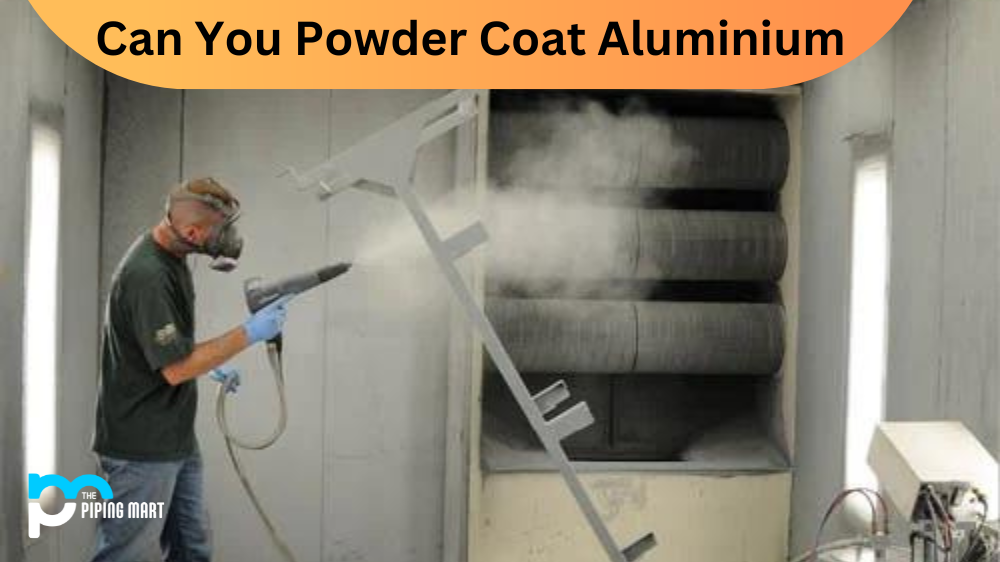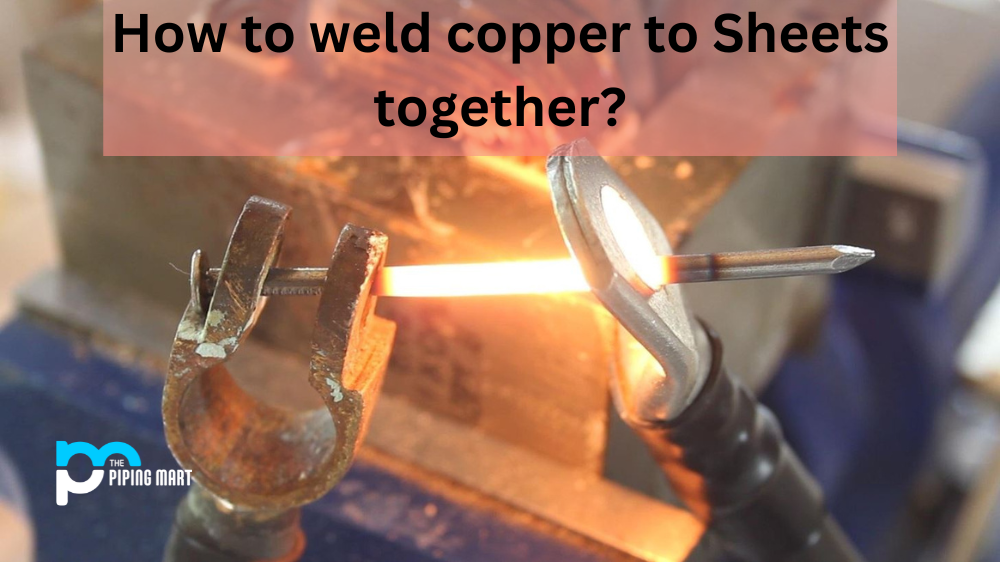There are many different types of aluminum alloys and materials, each with its own unique attributes. In order to make an informed decision about which type of aluminium is best for your project, it is important to understand the differences between each alloy and material. This article will compare two popular types of aluminum alloys – aluminum 1100 and 5052 – and discuss how they differ from one another.
Difference Between Aluminium 1100 and 5052
Aluminium 1100 is a soft grade of aluminum that is highly ductile in cold work applications. It has excellent weldability, formability, and corrosion resistance capabilities, making it ideal for many different applications. aluminum 1100 has a high level of electrical conductivity as well as thermal conductivity. It also has a good strength-to-weight ratio and can be easily machined or formed.
On the other hand, aluminum 5052 is an alloy with magnesium as its major alloying element. It has excellent formability and weldability properties, along with excellent corrosion resistance due to its composition of 2-3% magnesium and 0.12–0.25% chromium. It also provides good electrical conductivity as well as thermal conductivity when compared to other aluminum alloys in this series. Additionally, aluminum 5052 offers a higher strength than its counterparts due to the addition of magnesium in its composition. Its high tensile strength allows it to be used in applications that require higher load-bearing capacity, such as automotive frames or aerospace components.
The key difference between these two alloys lies in their mechanical properties; while Aluminium 1100 offers superior ductility and formability, aluminum 5052 offers higher strength at the expense of some ductility which makes it more suitable for certain applications such as automotive frames or aerospace components that require higher load bearing capacity than what aluminum 1100 can offer. Additionally, both alloys offer excellent corrosion resistance capabilities, but aluminum 5052’s additional magnesium content gives it slightly better corrosion resistance when compared to Aluminium 1100’s pure aluminium composition without any additional elements added to it during the manufacturing process.
Composition
aluminum 1100 is 99% pure, while aluminium 5052 contains 97.5% aluminum. The remaining composition of each alloy is made up of different trace elements, which can affect the properties of the alloy.
Strength
Aluminium 1100 has a tensile strength of 12,000 psi, while aluminum 5052 has a tensile strength of 33,000 psi. This means that aluminum 5052 is much stronger than aluminium 1100.
Ductility
Aluminium 1100 is much more ductile than aluminium 5052. This means that it can be easily formed into shapes without cracking or breaking. aluminum 5052, on the other hand, is less ductile and may crack or break when formed into shapes.
Corrosion Resistance
Aluminium 1100 has excellent corrosion resistance, while aluminium 5052 has good corrosion resistance. This means that aluminum 1100 will not corrode as easily as aluminum 5052.
Weldability
Aluminium 1100 can be welded using all standard welding methods, while aluminum 5052 can only be welded using certain methods due to its high magnesium content.
Machinability
aluminum 1100 is easier to machine than aluminium 5052 as it is more ductile and has a lower melting point. This means that it can be machined more quickly and with less wear on tools. aluminum 5052, on the other hand, is more difficult to machine as it is less ductile and has a higher melting point.
Price
Aluminium 1100 is typically cheaper than aluminum 5052 as it is more widely available. This is due to the fact that it is often used in applications where strength is not as important, such as in food packaging or in construction applications where it will not be subject to high stresses.
Applications
Aluminium 1100 is typically used in applications where corrosion resistance is important, such as in food packaging or in marine environments. Aluminium 5052 is typically used in applications where strength and durability are important, such as in structural applications or in transportation applications.
Conclusion:
In summary, both types of aluminum are great options depending on what application you are using them for; while aluminum 1100 offers superior ductility and formability capabilities, making it ideal for cold work applications such as welding or forming operations, aluminum 5052 offers increased strength at the expense of some ductility making it perfect for heavier load bearing operations such as automotive frames or aerospace components where lightweight properties are still desired, but the greater structural integrity is required too. So if you’re looking for a lightweight yet strong material for your project, then either option could be a viable choice depending on your specific requirements!

Meet Bhavesh, a seasoned blogger with a wealth of knowledge and experience. From metal products manufacturing to retail, Bhavesh has a diverse background in various industries and is dedicated to sharing his insights and expertise with readers.




